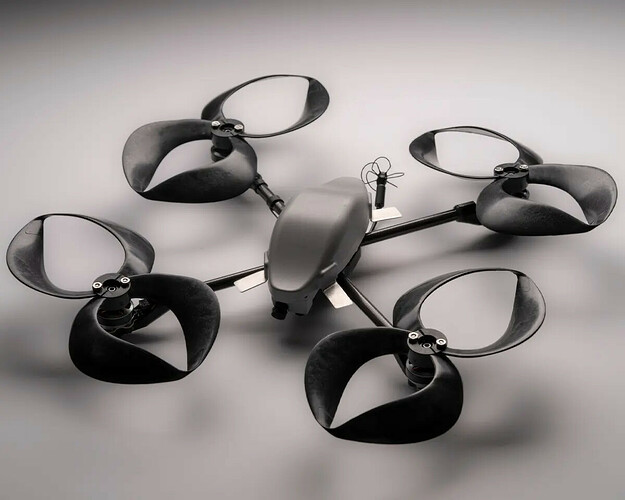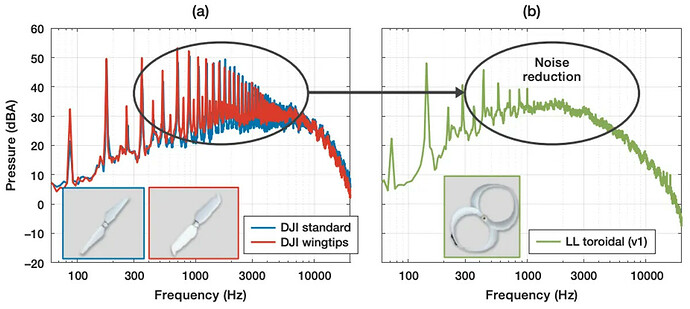A team of researchers at MIT’s Lincoln Lab has developed a new shape of propeller that significantly reduces noise produced by drones, a significant step forward in the quest for quieter unmanned aerial vehicles.
The Inspiration Behind the Design
Inspired by the experiments with “ring wings” in the early 20th century, the researchers honed in on various toroidal propeller geometries until they found one that reduces the sound produced by rotors, particularly in the range of human hearing. The team believes that the reduction in noise is due to the distribution of vortices over the whole propeller instead of just the tips.
Benefits for Drone Technology
The new design allows drones to fly twice as close before becoming a nuisance to human ears, a major milestone for anyone hoping to launch commercial drone deliveries. The rotors can be easily fabricated through 3D printing, making it a versatile solution that can be adapted to a range of different drones.
The Future of Drone Technology
This latest development in drone technology opens up a world of possibilities for a future in which drones are not just functional, but also quiet. The implications for industries such as delivery services and search and rescue operations are enormous, and the benefits for society as a whole are undeniable.
In conclusion, the new toroidal propeller design developed by the team at MIT’s Lincoln Lab represents a major step forward in the development of quieter drones. The versatile, easily fabricated design has the potential to revolutionize the drone industry and bring us closer to a future in which unmanned aerial vehicles are not just functional, but also more pleasant to live with.

